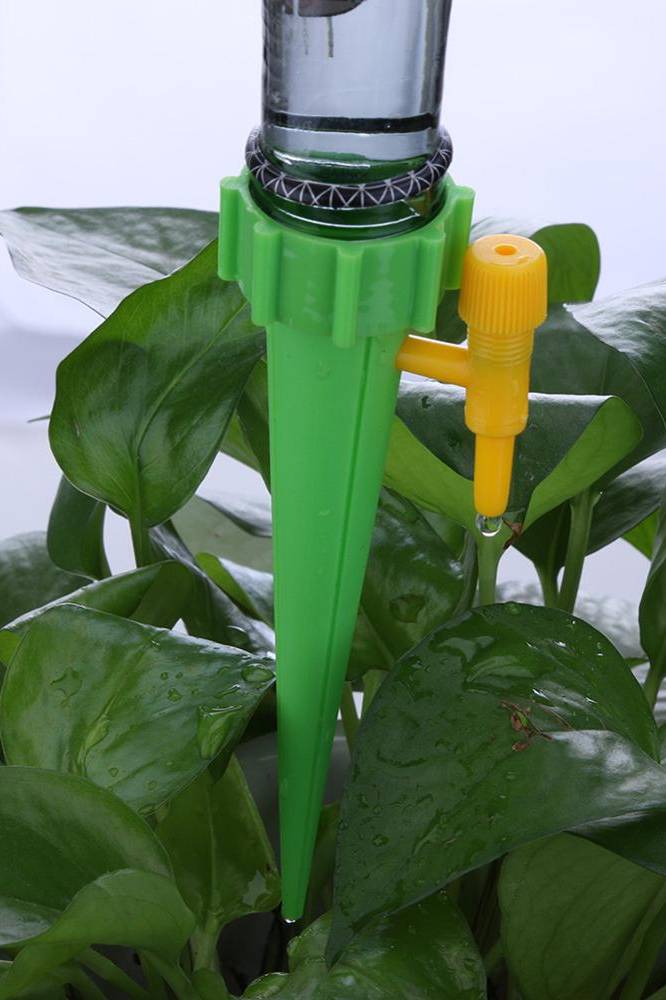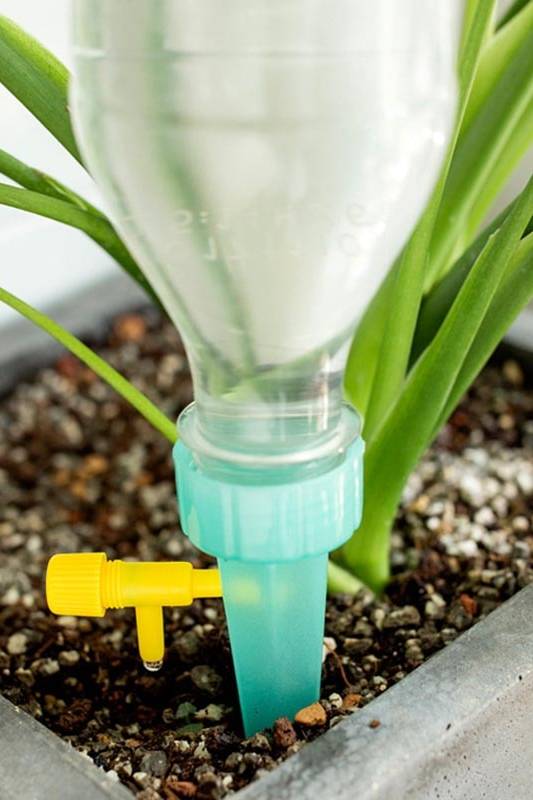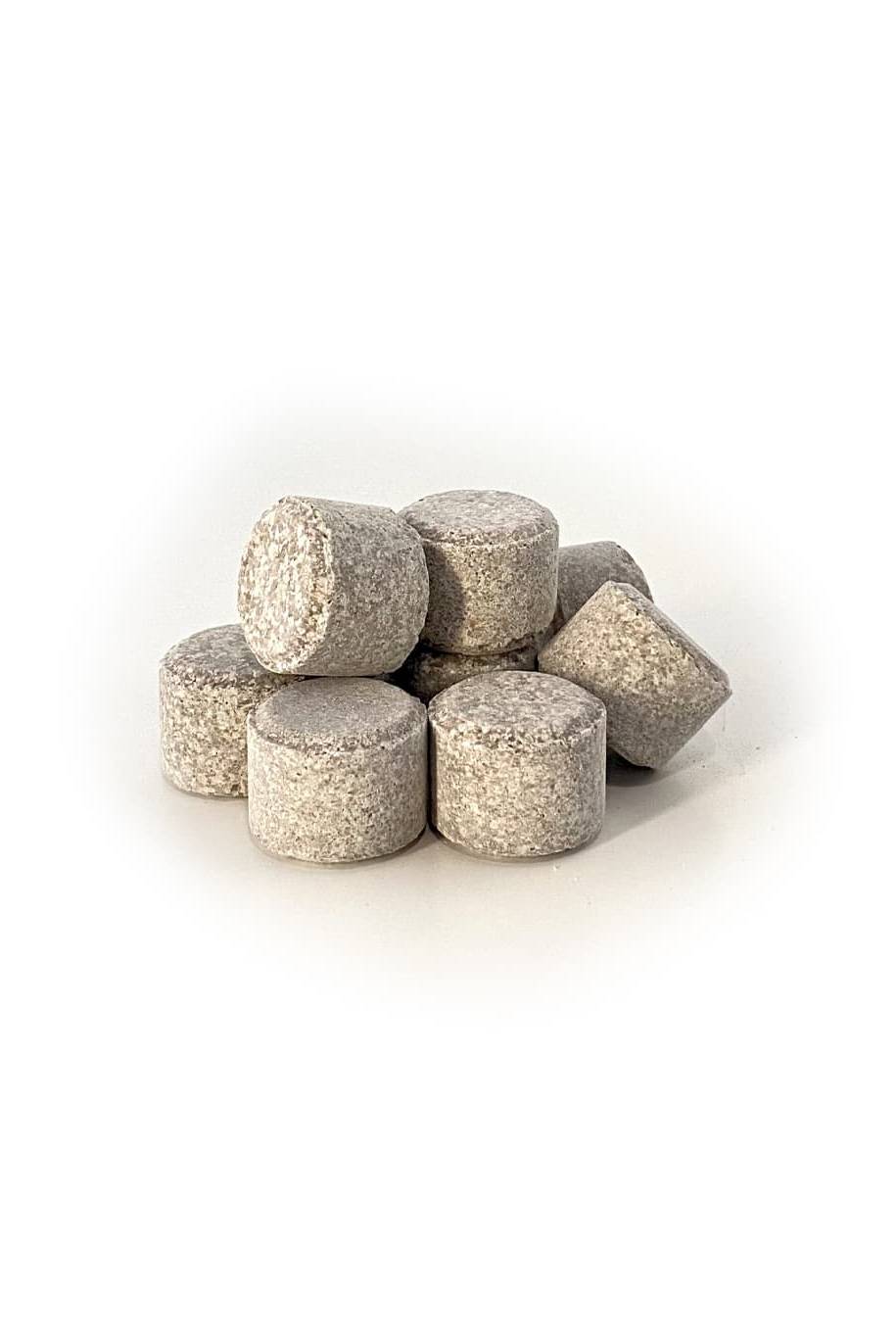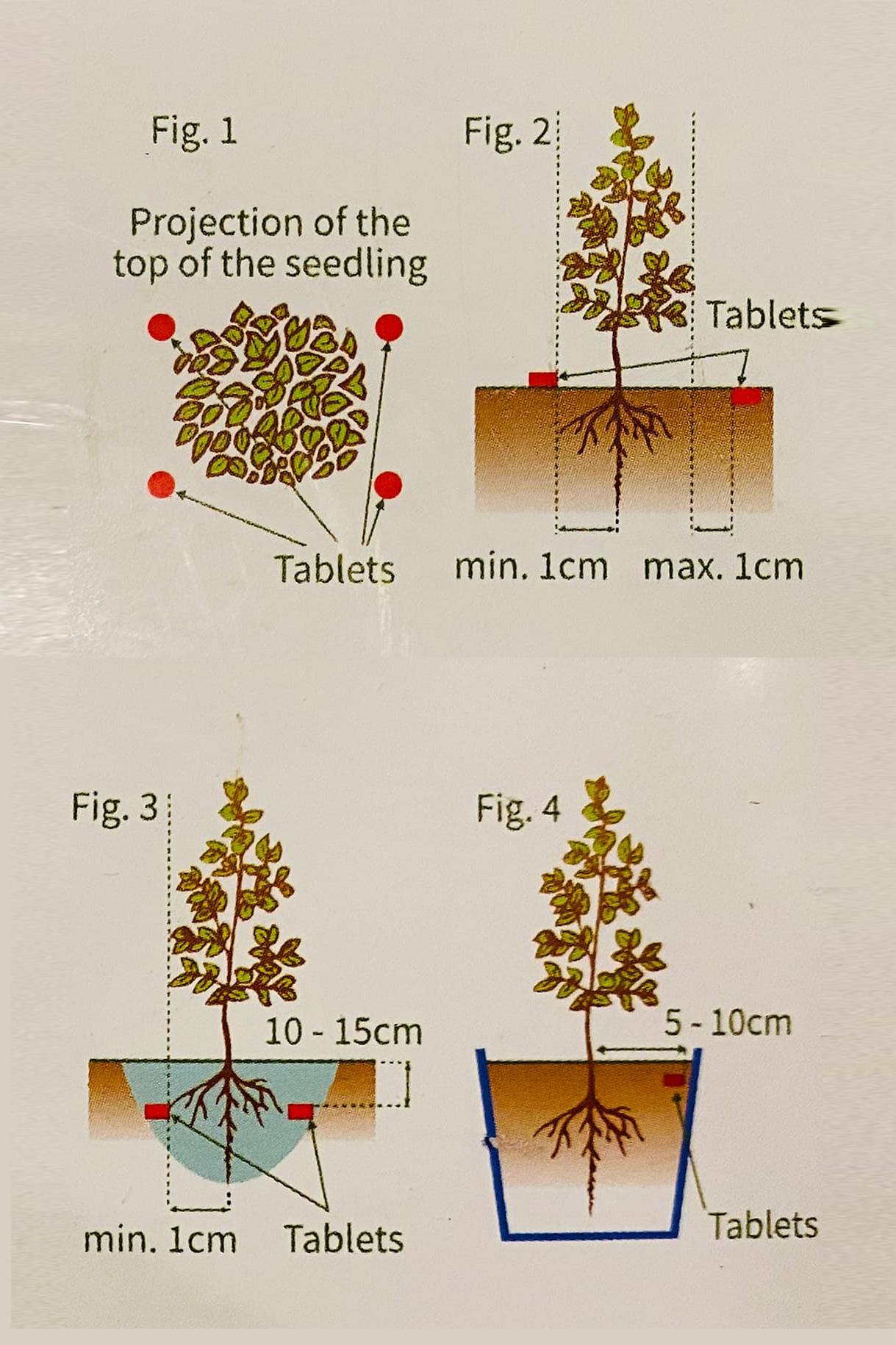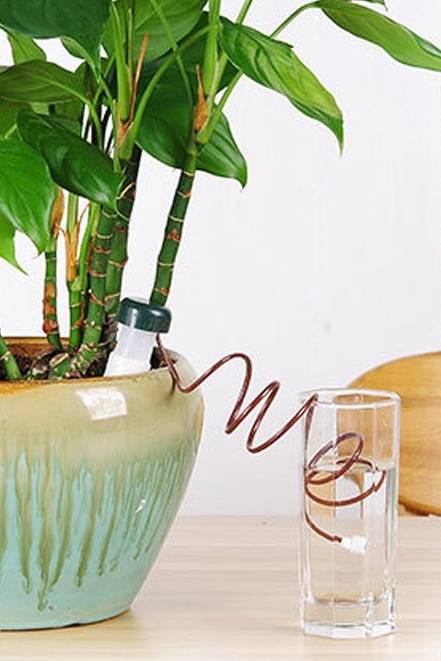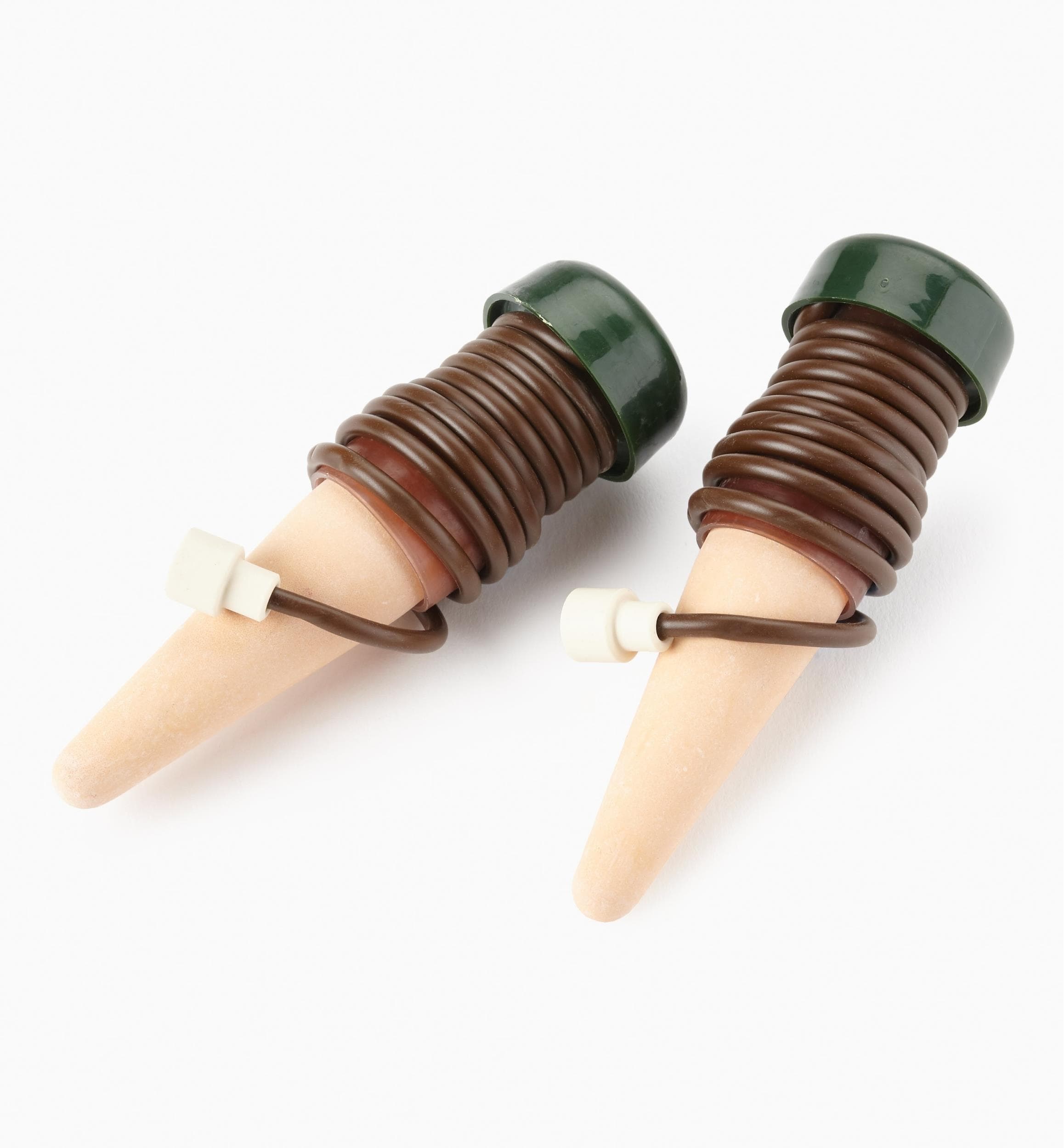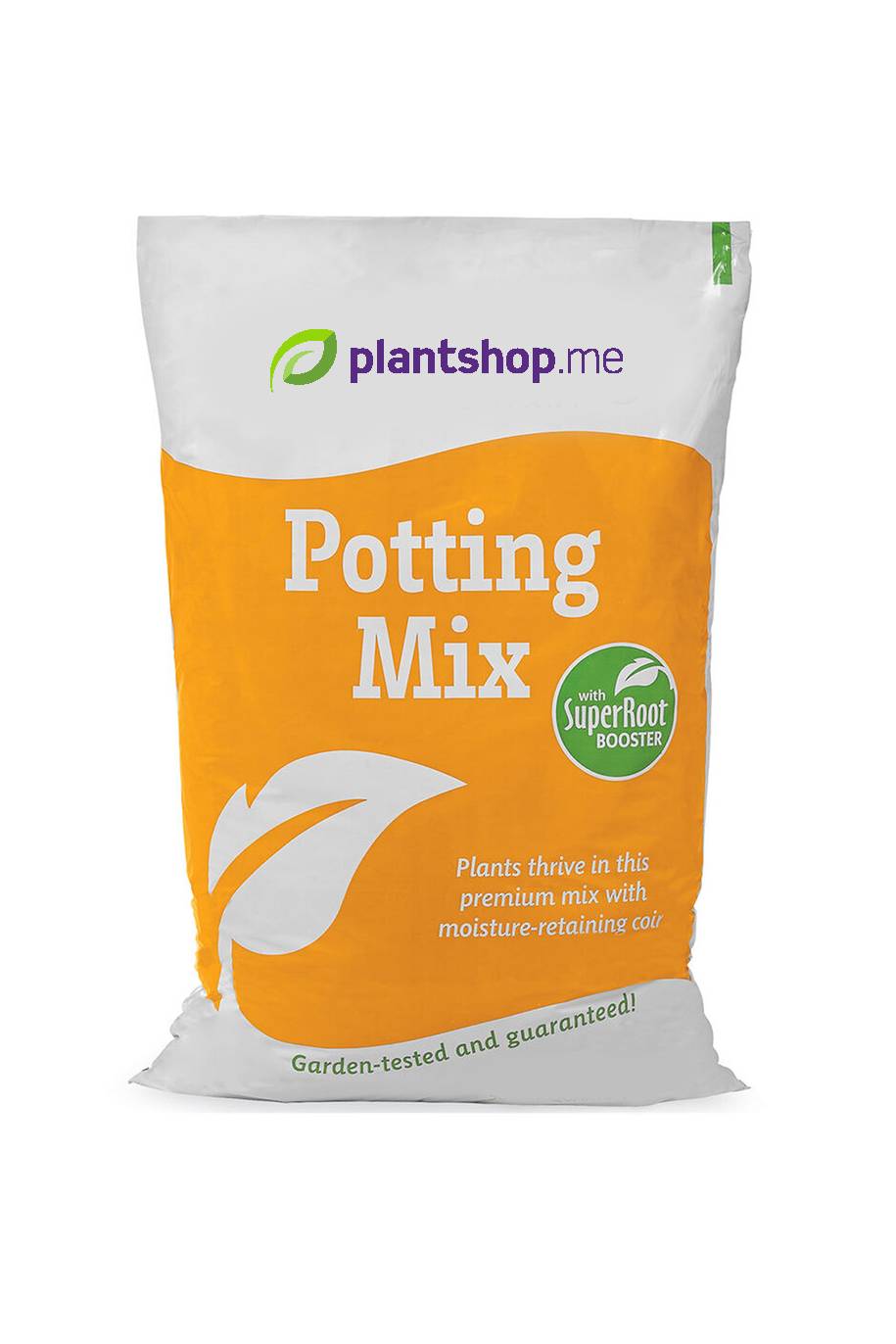Plant Bio
A hugely popular philodendron, with its bold dark green-burgundy leaves with large splashes and speckles of bright pink. It is a stand out plant, especially as it matures and the leaves grow larger. New leaves emerge a dark olive-green, maturing to a dark burgundy-green with pink tones. The pink princess is a natural climber, and needs a trellis, stake or moss pole to climb up, which also encourages large, healthy new leaves. Develops best pink colouring in bright indirect light. Requires a free draining mix. Allow surface to dry between watering, keep a little on the drier side in the winter.
Pink markings vary from plant-to-plant and are unique, so although your plant won't be the exact plant shown, we have hand picked the stock and they all have lovely variegation. One Pink Princess per customer.
Caring for your Pink Princess
Lighting: Bright to medium bright indirect light. do not allow the direct sun to contact leaf. This is to keep high variegation levels while avoiding sun burn.
Heat: A minimum of 18 degrees is required for your plant. Place it in a room that has the least amount of heat fluctuation.
Watering: Misting once to twice a week is suitable as they enjoy medium-high humidity levels. If your house is very hot, mist daily. Do not overwater your plant - a good tip is to pick up the pot, if it's heavy no watering is required. if it's light, give it a water that suits your home environment.
Feeding: Liquid feeding in summer with Grosure pump & feed is ideal once a month as this is a slower growing plant, therefore does not require weekly feeding in a standard house setting.
Other tips: Like many other philodendron, the pink princess likes a support to grow on. Use a stake to support your plant to get maximum leaf growth and size.
This plant has a smaller root system than most, therefore we do not recommend you pot into a bigger sized pot this season. If you have a fully pink leaf, it is best to remove it, as it will not survive.








